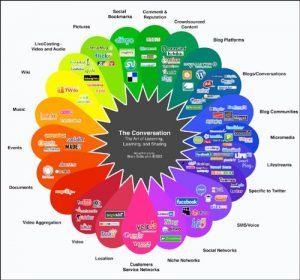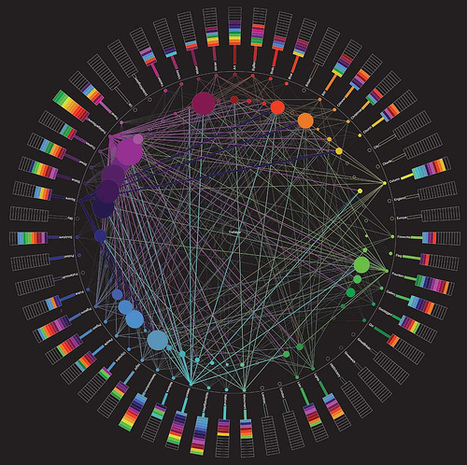Research and publish the best content.
Get Started for FREE
Sign up with Facebook Sign up with X
I don't have a Facebook or a X account
Already have an account: Login
 Your new post is loading... Your new post is loading...
 Your new post is loading... Your new post is loading...

Jheny Cifuentes Tobon's curator insight,
April 29, 2018 6:05 PM
This is the 21st century, and this means that we all have to adapt to the needs that it requires. Teachers especially have to adapt themselves to the needs of new generations, which includes the use of technology in the classroom.
It is important that us, teachers, use technology in the classes because in that way, we can motivate students to learn. It is also because children and young people due to that change learn today in a different way, and we have to adapt to that learning changes. Furthermore, we can also be connected with other EFL teacher around and share experiences to improve our teaching practice. |

Claude Almansi's comment,
October 6, 2011 2:11 AM
Thank you, Susan: this is a great intro to connectivism.
|


































